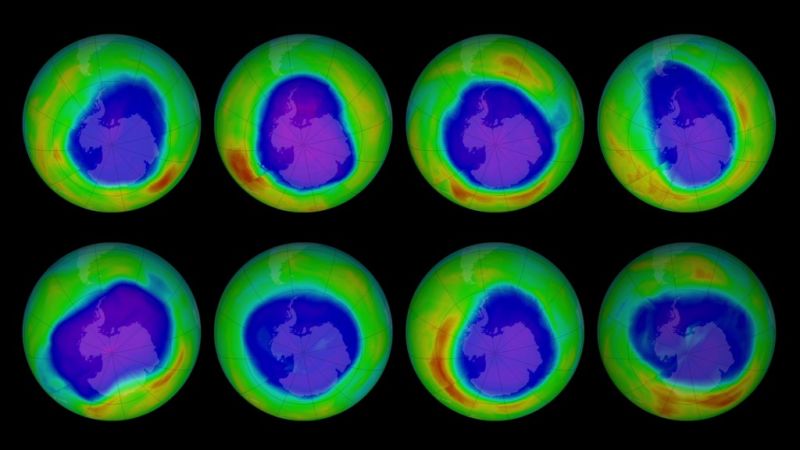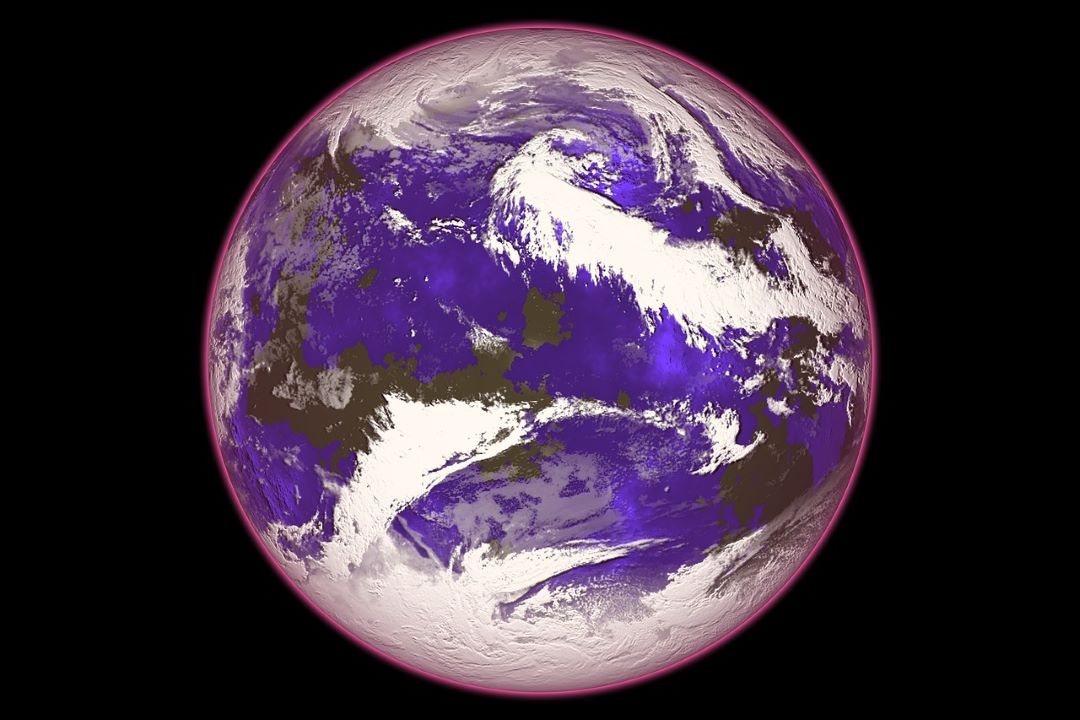The oceans are a huge repository of various gases, including CFCs. Under normal conditions, the oceans absorb CFCs from the atmosphere and isolate them in the depths for centuries. According to recent research, the oceans will release Freons back into the atmosphere in a few decades. They can damage the ozone layer.
Freons in the Oceans
Researchers at the Massachusetts Institute of Technology (MIT) recently found that the movement of at least one type of freon, known as CFC-11, has an impact on the atmosphere. In a study published in the Proceedings of the National Academy of Sciences Journal, scientists describe that the oceans will gradually lose their ability to absorb these chemicals.

Research shows that around 2075, the oceans will release more CFC-11 back into the atmosphere than they absorb, and by 2130 they will release a significant amount of chemicals.
“By the first half of the 22nd century, the influx of CDC-11 from the ocean will be so great that it might look like someone is violating the Montreal Protocol,” said study co-author Susan Solomon of MIT. “It’s an interesting prediction and hopefully it will help future researchers avoid confusion about what’s going on,” she adds.
Ozone Layer Potentially in Risk
CFC-11 is a chemical commonly used to make refrigerants and insulating foams. Under the Montreal Protocol, the production and use of CFC-11 has been phased out worldwide.

Researchers estimate that the oceans absorbed about 5 to 10 percent of all CFC-11 emissions. “For a time, human emissions were so great that what came into the ocean was considered negligible,” Solomon said. “As we try to get rid of human emissions now, we find that we can no longer completely ignore what the ocean is doing,” the expert added.
When released into the atmosphere, freons trigger a chain reaction that damages the ozone layer, which protects the Earth from harmful ultraviolet radiation. Another problem is that climate change is accelerating the whole process – the colder ocean absorbs more CFCs.
Source: https://www.pnas.org/content/118/12/e2021528118, featured picture: NASA




